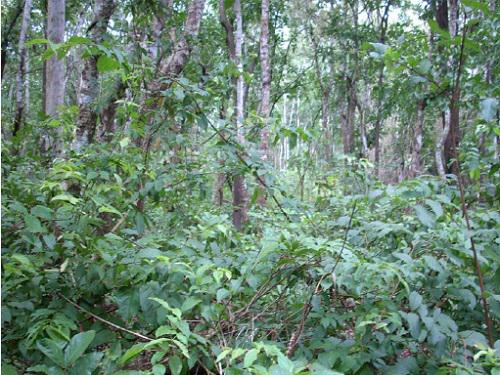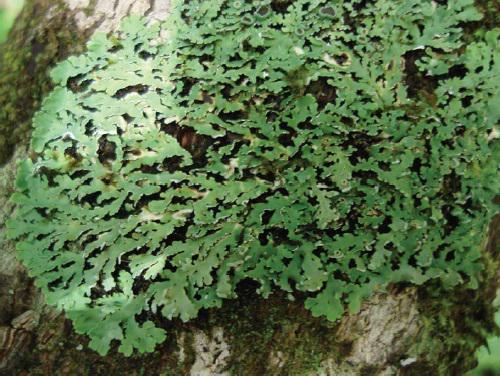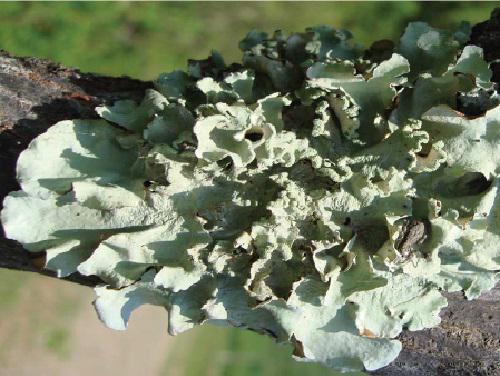Vinayaka KS
This project mainly focus on the diversity, distribution, ecology and the conservation of lichens in the Shettihalli WLS.

Moist deciduous forests in the sanctuary.
Lichens are a unique group of plants that consist of two different groups of organisms: fungi and algae, living in a close symbiotic association. The study of Lichens is quite neglected throughout India. The total number of species that are recorded in India is quite small in comparison with world average. The rapid destruction of habitats, increasing atmospheric pollution, over-exploitation, grazing, frequent forest fires and other anthropogenic disturbances are responsible for a decrease in population of lichens worldwide, so also in the Western Ghats.

Heterodermia dissecta.
In the rich ecosystem of Western Ghats of Karnataka, there is a lack of knowledge regarding lichen diversity, ecology and their distribution patterns. Therefore, inventerization is valuable to understand the status of lichens in the Western Ghats. This project proposal is aimed at the systematic survey, identification and documentation of the lichen flora followed by studies on distribution and conservation of lichens in different habitats type of Shettihalli Wildlife Sanctuary in Western Ghats. For the present investigation we will follow the random sampling techniques by placing transects in different vegetation types.

Parmotrema hababianum.
The identification of lichens by studying their morphology, anatomy, colour tests and also by using TLC techniques. The TLC for identification of secondary metabolites will be performed by Culberson (1972) and Walker and James (1980), finally we confirm the specimen by referring the available standard floras Awasthi (2000). Ecological studies on lichens will be carried out by using standard ecological parameters.